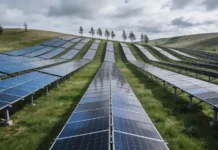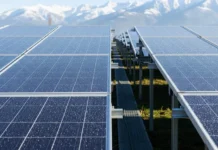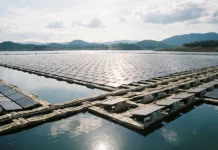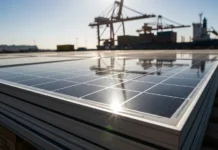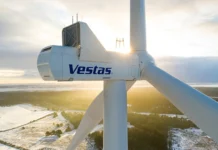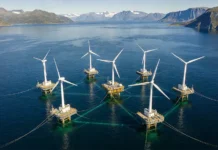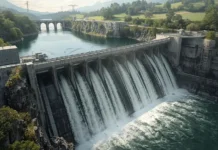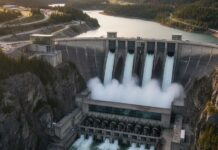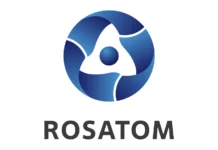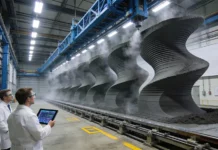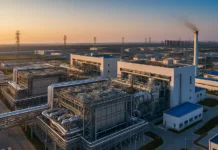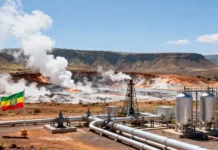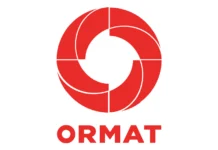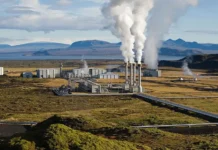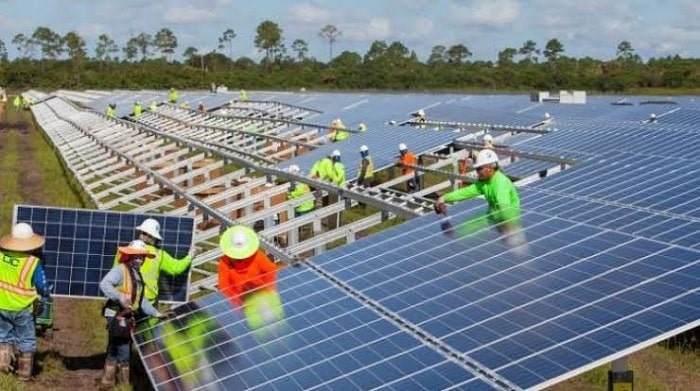The Department of the Interior (Department) and the Bureau of Land Management (BLM) announced today the approval of a proposal to construct and operate the largest solar project in United States history.
The Department of the Interior (Department) and the Bureau of Land Management (BLM) announced today the approval of a proposal to construct and operate the largest solar project in United States history.
U.S. Secretary of the Interior David L. Bernhardt signed the Record of Decision (ROD) for Solar Partners XI, LLC to construct a 690-MW photovoltaic solar electric generating facility and ancillary facilities about 30 miles northeast of Las Vegas.
Officials say the estimated $1 billion Gemini Solar Project (Project) could be the eighth-largest solar power facility in the world when finished and is expected to generate enough electricity to power 260,000 homes in the Las Vegas area and potential energy markets in Southern California.
They say the Project will facilitate infrastructure investments that will create jobs and economic activity and increase renewable energy, helping to meet Federal and state energy goals.
Officials say it directly advances policy objectives described in President Trump’s Executive Order 13783, which promotes “clean and safe development of our Nation’s vast energy resources,” and Secretary’s Order 3355 prioritizing infrastructure projects and streamlining the environmental review process.
Officials say the on-site construction workforce is anticipated to average 500 to 700 construction workers, with a peak of up to 900 workers at any given time, supporting up to an additional 1,100 jobs in the local community and injecting an estimated $712.5 million into the economy in wages and total output during construction.
They say the project is expected to be constructed in two phases. The first phase of power could come on-line in 2021 with final completion as early as 2022. Federal revenues are expected to be more than $3 million annually to the U.S. Treasury.
Officials sayt the project is expected to generate renewable electricity that would annually offset greenhouse emissions of about 83,000 cars (384,000 metric tons of carbon dioxide equivalent).
They say the hybrid alternative specified in the ROD also includes a mowing method that will result in fewer impacts on native vegetation and wildlife, such as the desert tortoise.
Officials say extensive long-term monitoring will be required, in addition to possible adaptation of methods used to reduce potential impacts to desert tortoise.
They say the BLM and Solar Partners XI, LLC also developed measures to avoid, minimize and mitigate impacts to other resources including, but not limited to, visual resources, cultural and tribal resources, recreation access and air quality.
Officials say the Secretary signed the ROD after the BLM facilitated a comprehensive public process that included two public meetings during a 45-day public scoping period and two additional public meetings during the 90-day public comment period after the Draft Resource Management Plan Amendment (RMPA) and Draft Environmental Impact Statement (EIS) were released.
They say the BLM responded to all substantive comments that it received on the Draft RMPA/Draft EIS, as well as protests on the proposed RMPA and input it received from the Governor’s office.
Officials say the BLM also conducted government-to-government consultations over several months, traveling to and meeting with the following Tribes: Moapa Band of Paiutes, Las Vegas Paiute Tribe, Fort Mojave Tribe, Twenty-Nine Palms Band of Mission Indians, Chemehuevi Indian Tribe, Bishop Paiute Tribe, Colorado River Indian Tribes and the Timbisha Shoshone Tribe.
They say the ROD approves a right-of-way grant for the Project and the associated amendment to the Las Vegas Resource Management Plan of 1998.
They say the authorized solar facilities include 34.5 kilovolt overhead and underground collector lines, a 2-acre (0.8-hectare) operation and maintenance facility, three substations, internal access roads, access roads along generation tie-lines, a perimeter road, perimeter fencing, water storage tanks for fire protection, drainage control features, a potential on-site water well or a new water pipeline, and improvements to the existing NV Energy facilities to support interconnection.
Officials say the project also includes a 380 MW solar-powered battery system able to store and deploy over 1,400 megawatt hours which can be used when the power is needed most.


